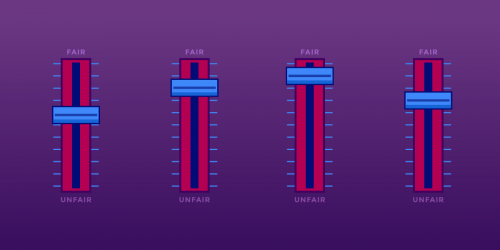While the Senate was standing up for civil liberties, the House was handing out a Christmas gift to Hollywood. For digital consumers and innovators, however, it looks to be a nasty stocking-filler.
Representatives Sensenbrenner and Conyers have introduced H.R. 4569, the "Digital Transition Content Security Act of 2005," a.k.a. the return of the MPAA's "Plugging the Analog Hole" scheme, which is itself just a variant on the dreaded "Hollings Bill" introduced back in 2002.
The new bill is a rehash of the one we first mentioned on Halloween. It would impose strict legal controls on any video analog to digital (A/D) convertors "manufacture[d], imported or otherwise traffic[ed]" in the United States.
Digitizers and digital media devices that won't jump through the specified outrageous regulatory hoops - automatically deleting protected analog content after ninety minutes; outputting only "down-rezzed" images, and satisfying "robustness criteria" that weld the hood shut against user modification and open source developers - are expected to simply turn off and refuse to convert watermark-protected analog video.
And how is this analog video protected? Using an old broadcast-flag like technology called CGMS-A and a new watermarking system called VEIL.
Mandating the VEIL watermark on all video A/D devices is particularly remarkable, as VEIL has had no independent testing as a copy protection technology. In fact, VEIL's main use until now has been in a series of Warner-licensed Bat-Toys!
Yet, if H.R. 4569 becomes law, technology companies would be bound by law to support this Bat-Toy technology in their products. Anyone who creates a new device that cannot pass on the VEIL watermark, or somehow overrides it, is breaking the law. If he does it for "purposes of commercial advantage or private financial gain", he's a bona-fide criminal.
And if VEIL is so widely broken as to be deemed unusable (couldn't happen to a Bat-Toy technology, could it?), the U.S. government, in the form of the U.S. Patent and Trademark Office (PTO), will be expected to devise and enforce a new solution. So the Bat-Toy is only the nose under the technology mandates tent - if VEIL doesn't work out, government bureaucrats get to replace it with whatever strikes them as a good idea at the time.
The Analog Hole law is just the first of the MPAA/RIAA's Horror Triple Feature to be introduced into Congress. The others are the Broadcast Flag and technology mandate for digital radio. Perhaps they think that Congress will "compromise" by passing one of the three. Or perhaps they're hoping for a troika of victories in 2006 in their endless campaign against their own customers.









